American Brands Face Potential Backlash In APAC Countries Due To High Tariffs And Rising Economic Nationalism
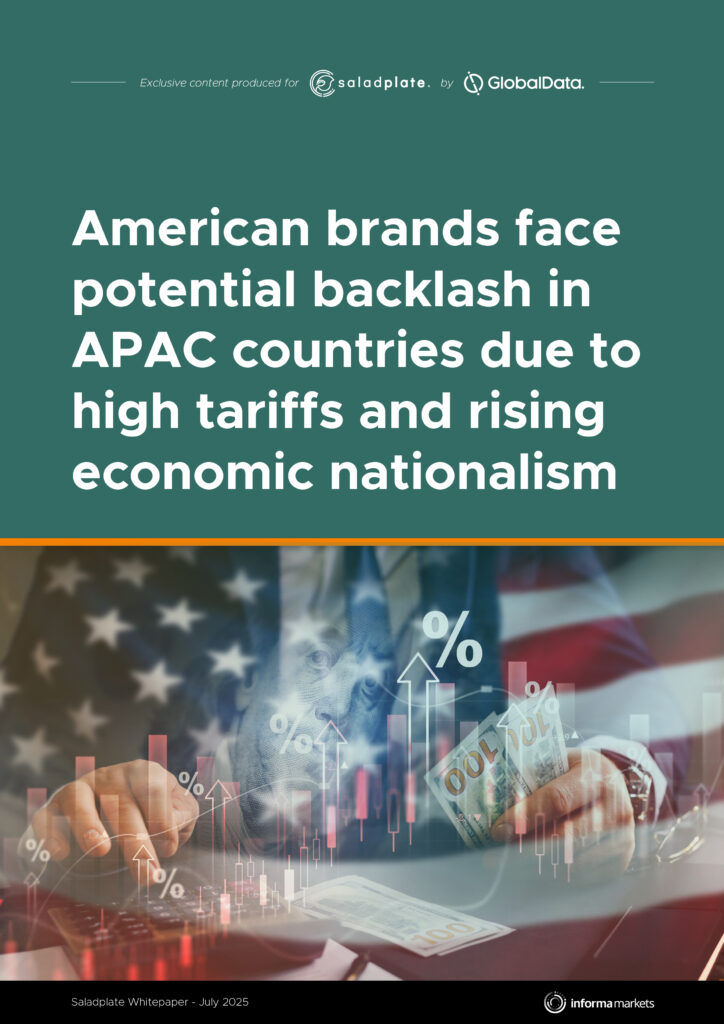
Among the recent tariffs announced by the US, Asia-Pacific (APAC) countries face some of the highest tariffs among all exporters to the US.
Food Sector Stakeholders Augment Efforts to Curb Single-use Plastic Pollution
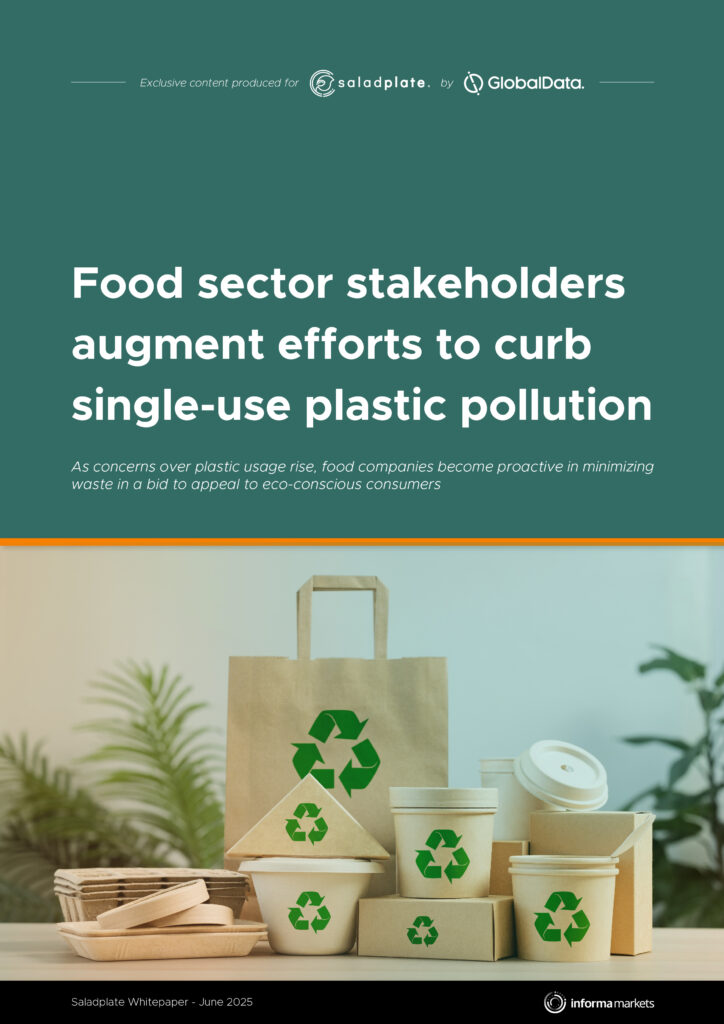
As concerns over plastic usage rise, food companies become proactive in minimizing waste in a bid to appeal to eco-conscious consumers.
The Rise and Fall of the Chinese Wine Market
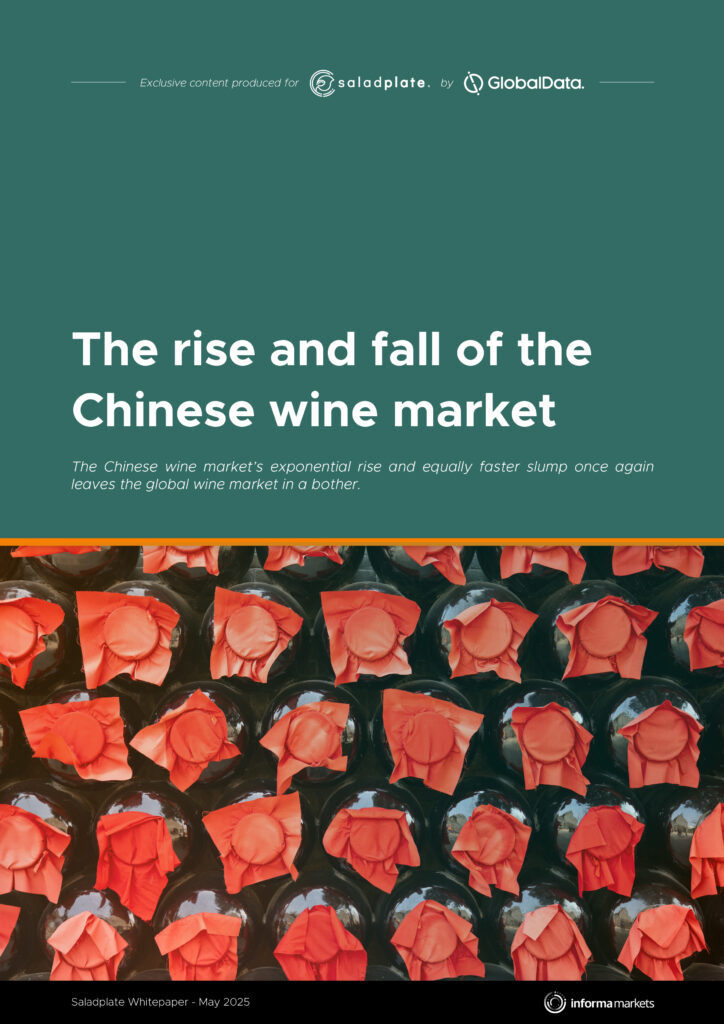
The Chinese wine market’s exponential rise and equally faster slump once again leaves the global wine market in a bother.
Soft Drinks Market Heats up in India
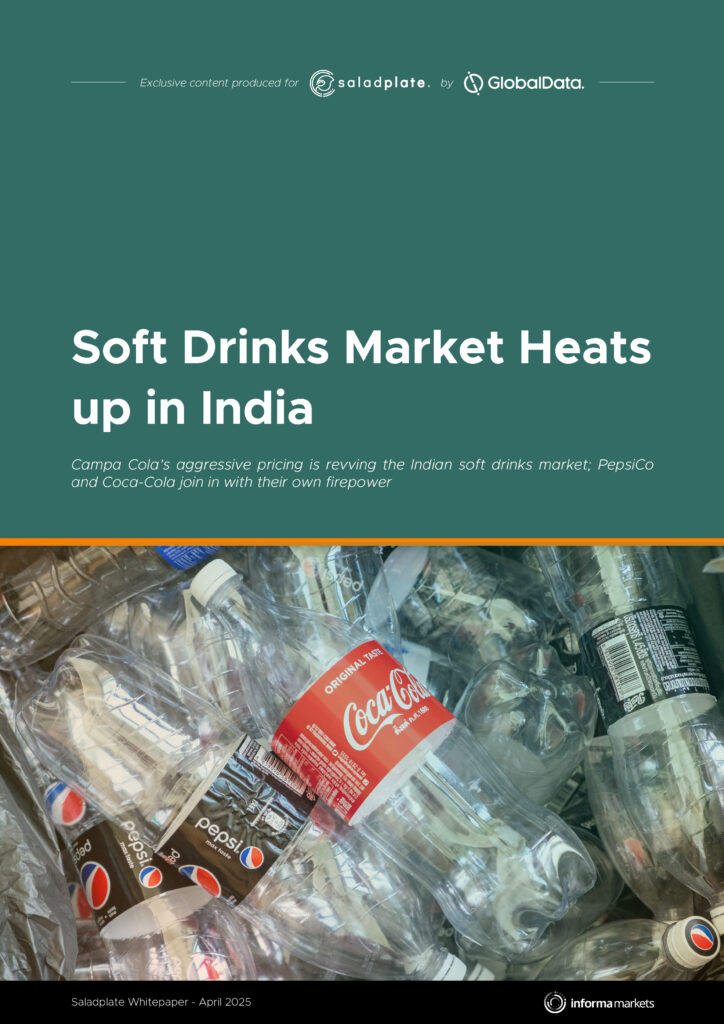
Campa Cola’s aggressive pricing is revving the Indian soft drinks market; PepsiCo and Coca-Cola join in with their own firepower
Plant-based Sector in Asia-Pacific
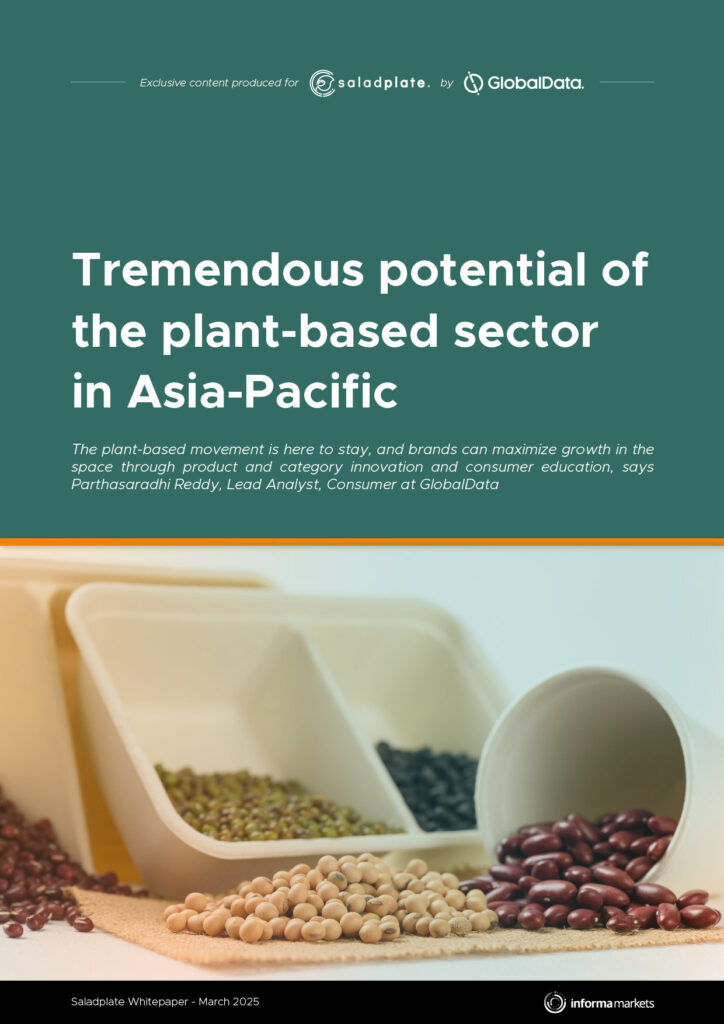
The plant-based movement is here to stay, and brands can maximize growth in the space through product and category innovation and consumer education, says Parthasaradhi Reddy, Lead Analyst, Consumer at GlobalData
Impact of Third-Party Delivery Services on Asia’s Foodservice Operators
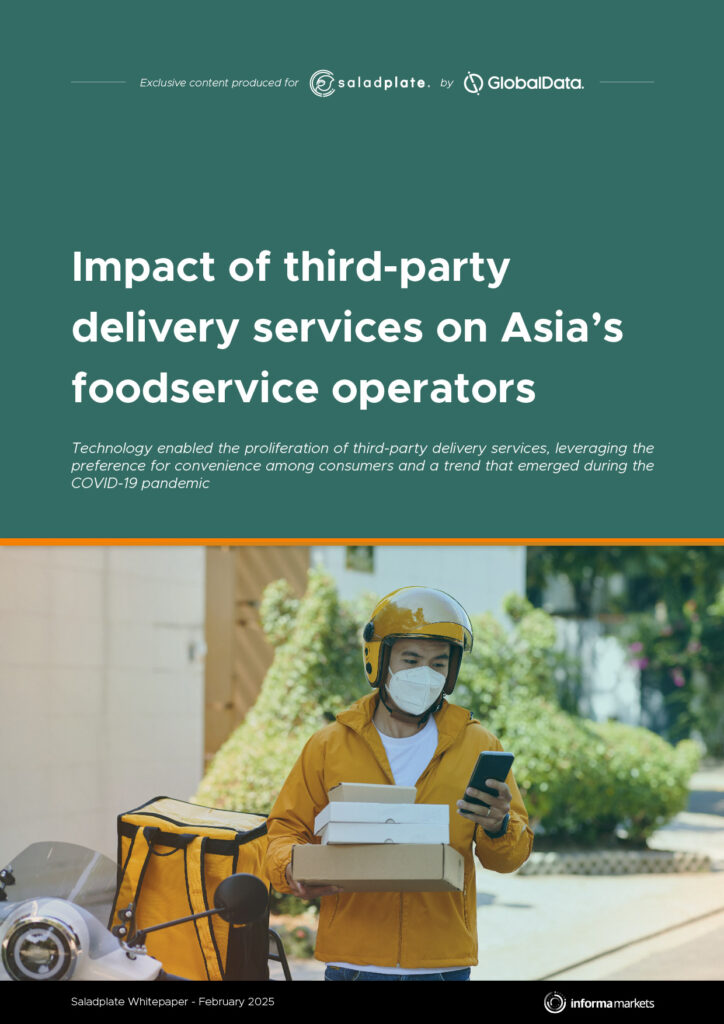
This report offers a deep dive into the ozempic trend. We have used Ai Palette for collecting data that uses varied data sources- search, social media, restaurant menus, cuisine recipes and online shopping. This helped us provide meaningful patterns and provide key takeaways, offering a clear view of the prevailing and upcoming trends as evidenced by the data.
Evolving Demand Spaces in Asia’s Alcoholic Drinks Market
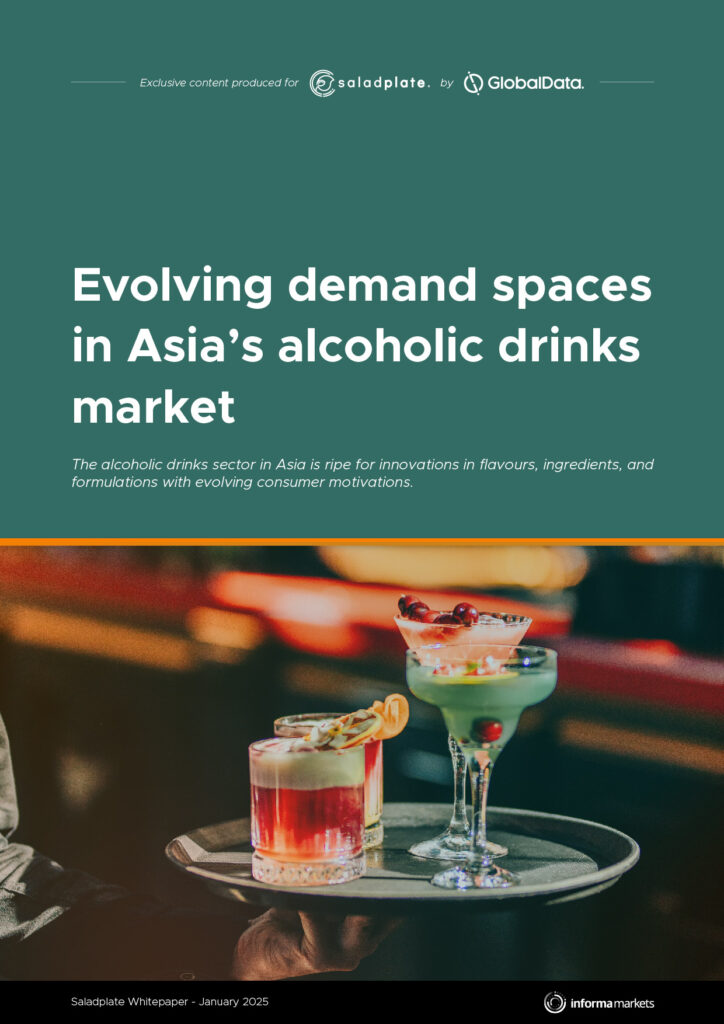
This report offers a deep dive into the ozempic trend. We have used Ai Palette for collecting data that uses varied data sources- search, social media, restaurant menus, cuisine recipes and online shopping. This helped us provide meaningful patterns and provide key takeaways, offering a clear view of the prevailing and upcoming trends as evidenced by the data.
Ozempic Revolution

This report offers a deep dive into the ozempic trend. We have used Ai Palette for collecting data that uses varied data sources- search, social media, restaurant menus, cuisine recipes and online shopping. This helped us provide meaningful patterns and provide key takeaways, offering a clear view of the prevailing and upcoming trends as evidenced by the data.
Top Trends in Beauty & Personal Care

The whirlwind world of beauty and personal care is fast therefore keeping pace with the latest trends can feel like chasing a rogue rollerball mascara. New breakthroughs emerge seemingly daily, leaving brands scrambling to catch up. How do you stay ahead of the curve?
Emerging Trends in Food & Beverages
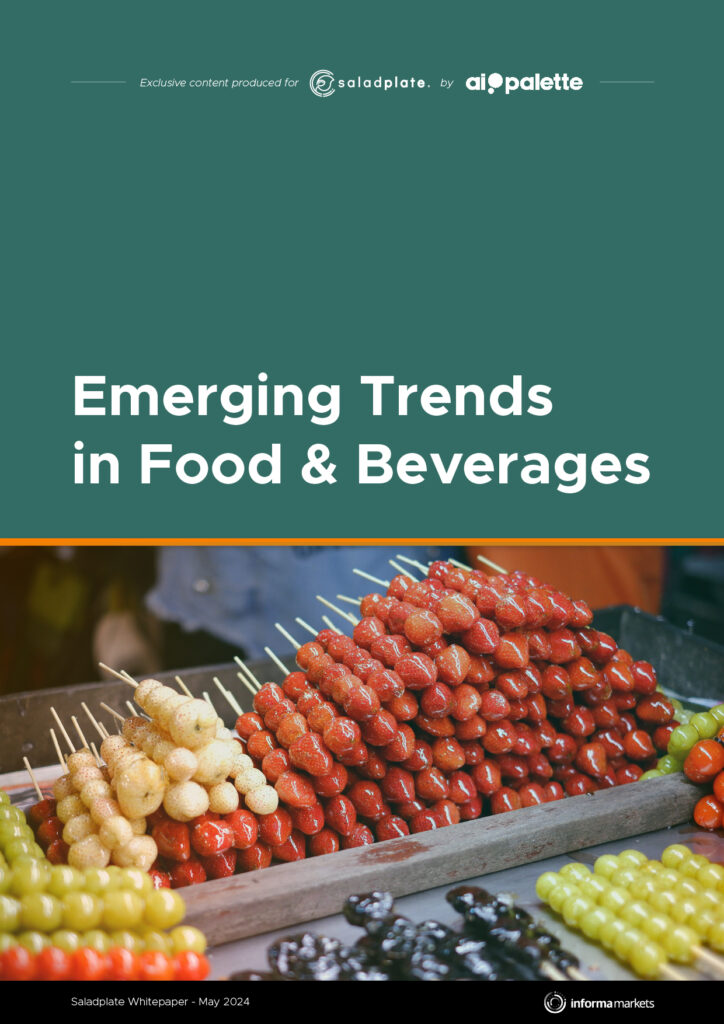
In the fast-paced world of food and beverage, staying ahead of the curve can feel like chasing a runaway taco. New trends emerge seemingly overnight, leaving brands scrambling to keep up. How do you keep up with it?



